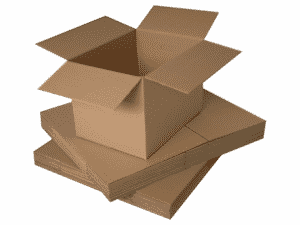Home » The Ultimate Guide to Biodegradable Packaging: Sustainable Solutions for a Greener Future
The Ultimate Guide to Biodegradable Packaging: Sustainable Solutions for a Greener Future
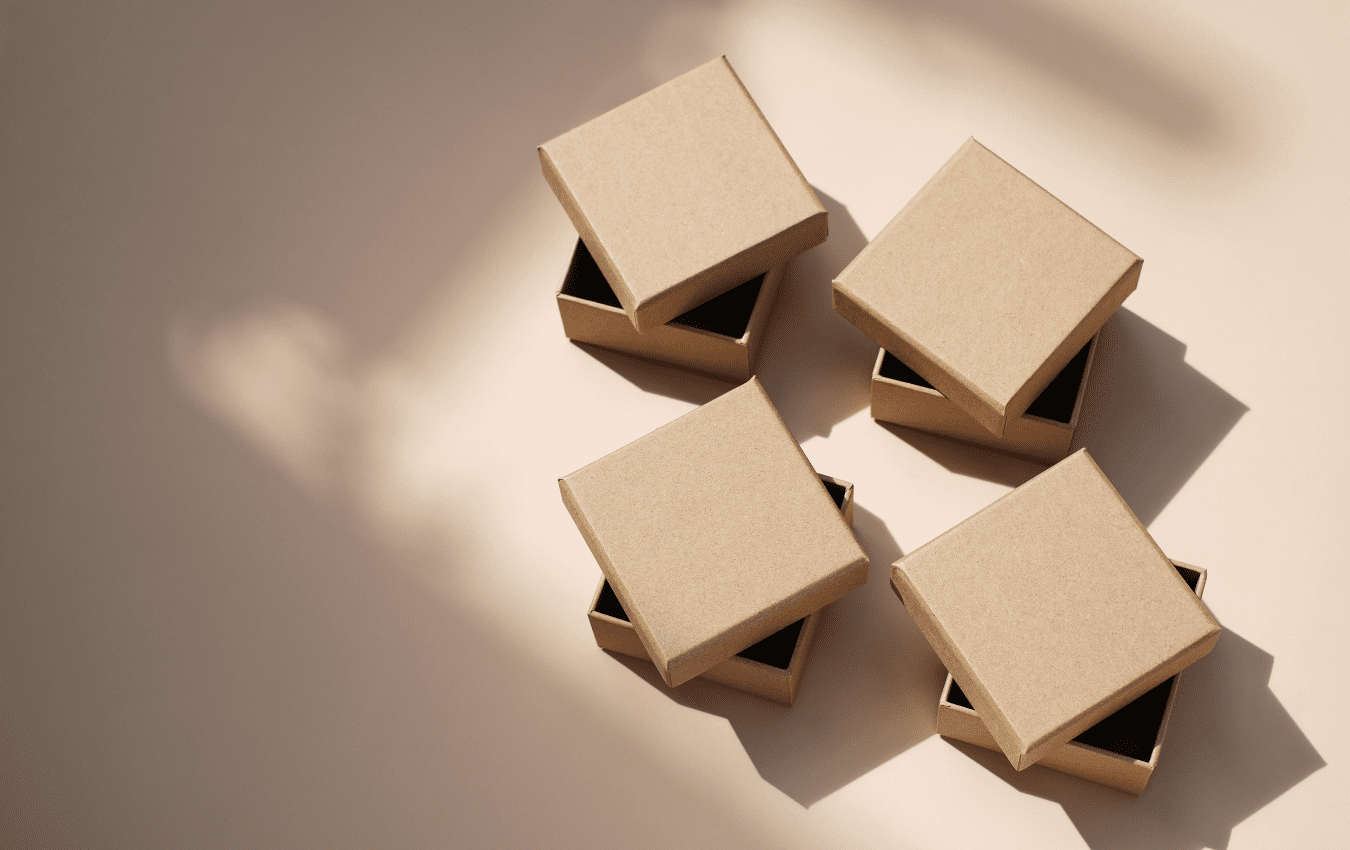
As the world becomes more environmentally conscious, companies are looking for ways to reduce their impact on the planet. One of the ways that they can do this is by using biodegradable packaging. Biodegradable packaging is made from materials that can be broken down by natural processes, such as microorganisms or sunlight.
What is Biodegradable Packaging?
Biodegradable packaging is packaging that can be broken down by natural processes. This means that the packaging is made from materials that can be decomposed by microorganisms, such as bacteria or fungi. Biodegradable packaging is often made from plant-based materials, such as cornstarch or cellulose, which are renewable resources.
Types of Biodegradable Packaging
There are several types of biodegradable packaging, each with its own set of advantages and disadvantages.
Starch-Based
This type of biodegradable packaging is made from plant-based starches, such as corn, wheat, or potatoes. These starches are processed to create a plastic-like material that can be used for a variety of applications, including packaging. Starch-based biodegradable packaging is biodegradable and compostable, which means that it can be broken down in a composting facility.
Cellulose-Based
This type of biodegradable packaging is made from cellulose, which is the main component of plant cell walls. Cellulose-based biodegradable packaging is biodegradable and compostable, and it is often used for products that require a longer shelf life than starch-based packaging, such as food or medical supplies.
Bioplastics
Bioplastics are plastics that are made from renewable resources, such as cornstarch or sugarcane. Bioplastics can be biodegradable or compostable, and they are often used for products that require a longer shelf life than starch-based or cellulose-based packaging.

Mushroom-Based
Mushroom-based packaging is made from mycelium, which is the root structure of mushrooms. Mycelium can be grown in molds to create packaging that is biodegradable and compostable.
How does Biodegradable Packaging Work?
Biodegradable packaging works by breaking down into natural elements that can be safely absorbed back into the environment. When biodegradable packaging is exposed to natural processes, such as moisture, heat, and microorganisms, it begins to break down. This process is called biodegradation, and it occurs when microorganisms break down the packaging into smaller and smaller pieces until they are no longer visible to the naked eye.
Benefits of Biodegradable Packaging
Environmentally Friendly
Biodegradable packaging is environmentally friendly because it can be broken down by natural processes. This means that it does not contribute to pollution or waste in the same way that traditional packaging does.
Renewable Resources
Biodegradable packaging is often made from renewable resources, such as cornstarch or cellulose, which means that it is more sustainable than traditional packaging that is made from non-renewable resources, such as oil or gas.
Reduced Carbon Footprint
Biodegradable packaging has a lower carbon footprint than traditional packaging because it requires less energy to produce and transport. This is because biodegradable packaging is often made from local, renewable resources, which means that it does not need to be transported long distances.
Versatile
Biodegradable packaging can be used for a wide range of products, including food, cosmetics, and household items. This means that it is a versatile solution that can be used by many different types of businesses.
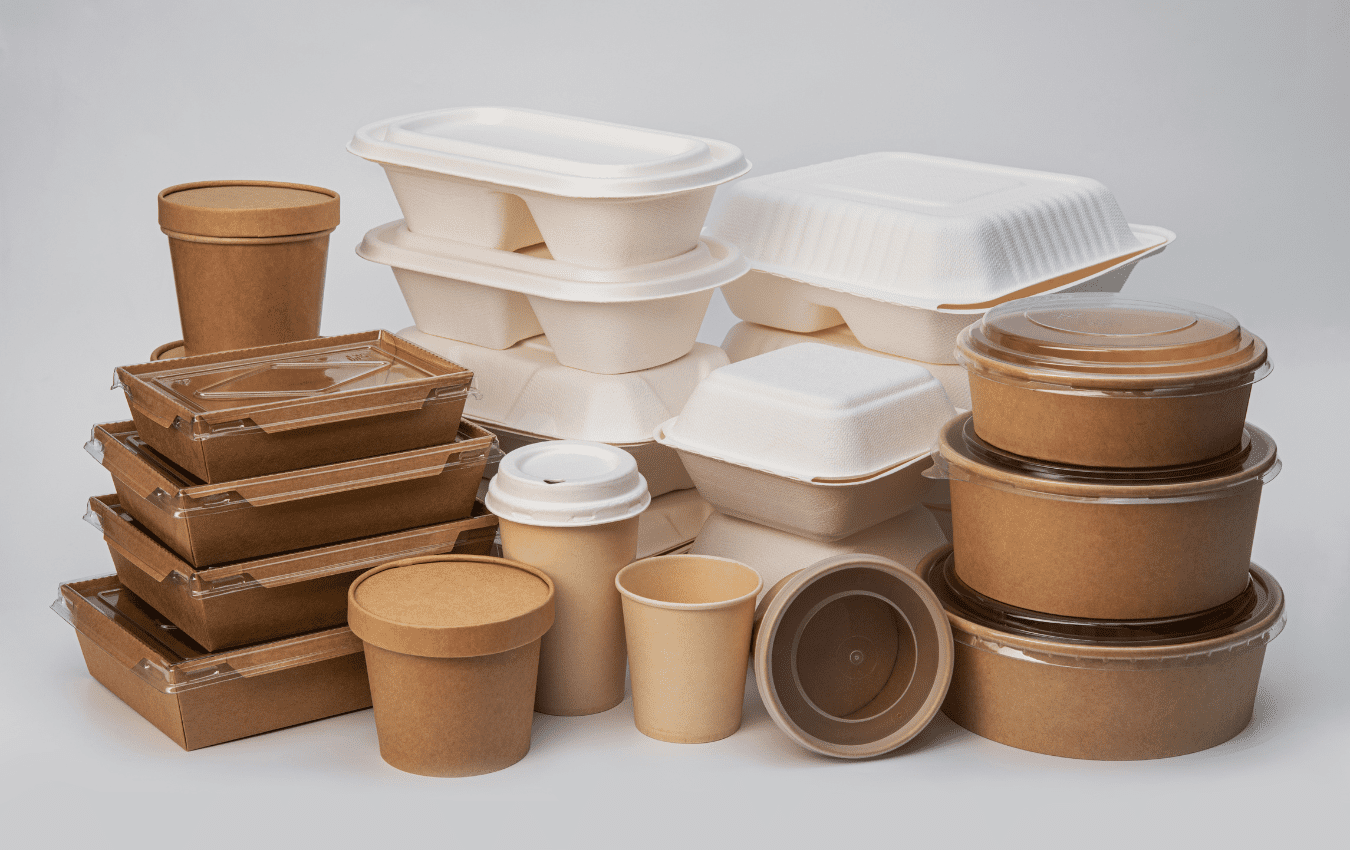
Better for Wildlife
Biodegradable packaging can also be better for wildlife. Traditional packaging, such as plastic bags or Styrofoam, can pose a significant threat to wildlife. Animals can mistake these items for food, which can lead to choking, suffocation, or starvation. Biodegradable packaging, on the other hand, breaks down into natural elements, which are less harmful to wildlife.
Improved Brand Image
Using biodegradable packaging can improve a company’s brand image. As consumers become more environmentally conscious, they are more likely to support companies that use sustainable practices. By using biodegradable packaging, companies can demonstrate their commitment to sustainability and attract environmentally conscious consumers.
Drawbacks of Biodegradable Packaging
Cost
Biodegradable packaging can be more expensive than traditional packaging because it is often made from more expensive materials, such as plant-based materials. This can be a barrier for some businesses that are trying to reduce their environmental impact but are also working within a limited budget.
Shelf Life
Biodegradable packaging may not have the same shelf life as traditional packaging because it is more susceptible to degradation. This means that it may not be suitable for some products that need to be stored for longer periods of time.
Recycling Challenges
Biodegradable packaging cannot be recycled in the same way that traditional packaging can because it is designed to break down. This means that it may need to be disposed of in a special composting facility, which may not be available in all areas.
Composting Requirements
Biodegradable packaging may require specific composting requirements, such as temperature or humidity, to fully biodegrade. If these conditions are not met, the packaging may not break down as quickly or efficiently as intended.
Confusion with Traditional Plastics
Biodegradable packaging may look similar to traditional plastics, which can lead to confusion in the recycling process. If biodegradable packaging is not properly sorted and sent to a composting facility, it may end up in a landfill, where it will not biodegrade.

Land Use Issues
Some biodegradable packaging is made from crops, such as corn or sugarcane, which can compete with food crops for land use. This can lead to environmental issues, such as deforestation or loss of biodiversity.
Summary: Biodegradable Packaging
Biodegradable packaging is a sustainable alternative to traditional packaging that can help to reduce the environmental impact of businesses. As the world becomes more environmentally conscious, it is likely that biodegradable packaging will become more widely used as businesses look for ways to reduce their impact on the planet. By choosing biodegradable packaging, companies can demonstrate their commitment to sustainability and help to create a more environmentally friendly future.
If you are interested in biodegradable packaging solutions, then partner with Brown Packaging today to get started.
With new tariff proposals and continued trade uncertainty, 2026 is shaping up to be another pivotal year for packaging sourcing strategy. Many companies that shifted
Following multiple rounds of tariff changes and trade policy adjustments, 2026 marks a turning point for U.S. packaging buyers. Many who previously transitioned from China
Shifting packaging production from China to the U.S. can help stabilize costs, reduce tariff exposure, and shorten lead times. But the transition process requires careful
RSC boxes are known for their efficiency and versatility, but their performance ultimately comes down to strength. Buyers often see numbers like ECT, BCT, and
In packaging, foam isn’t just about initial protection — it’s about maintaining performance over the entire shipping or storage cycle. Compression set and recovery characteristics
Pouches are a go-to for flexibility and convenience, but they can fail in critical ways—from poor seals to punctures and delamination—that hurt performance and brand
Home » The Ultimate Guide to Biodegradable Packaging: Sustainable Solutions for a Greener Future
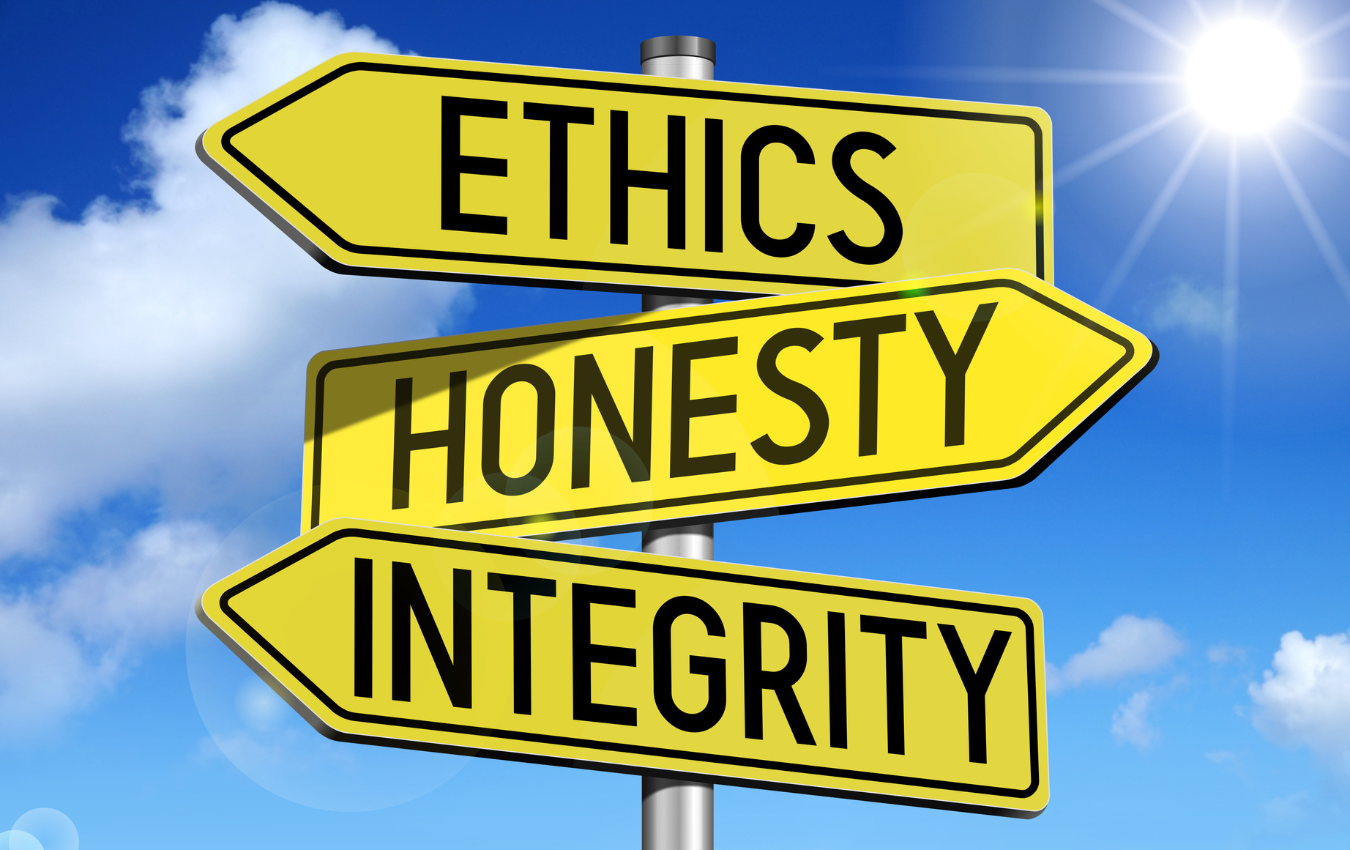
In today’s market, the concept of ethical packaging has become increasingly important. Companies are recognizing the need to adopt packaging practices that are not only
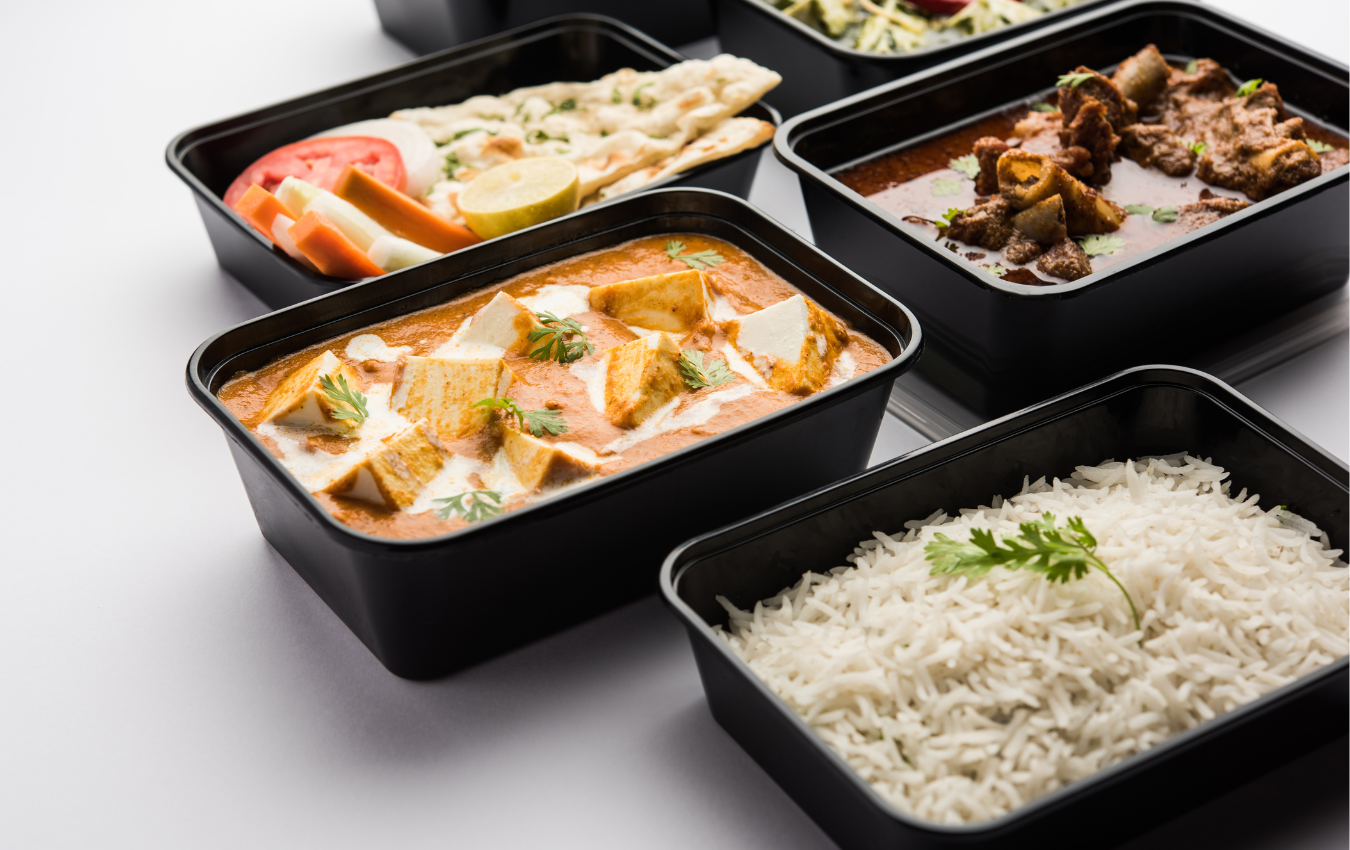
California has long been a pioneer in environmental protection, and its stringent packaging laws are a testament to its commitment to sustainability. Among these regulations,
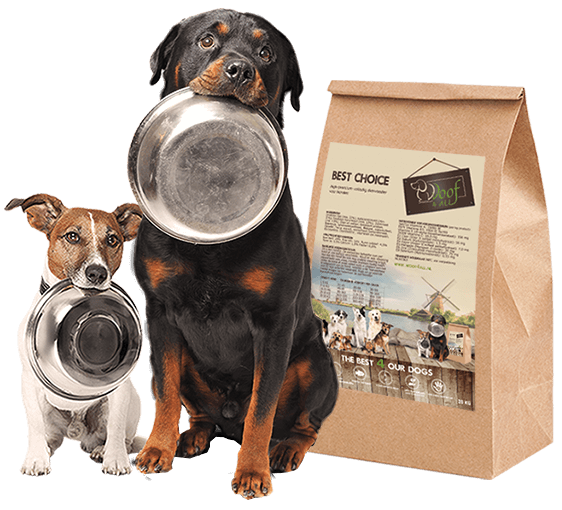
Sustainability in pet food packaging is not just about recyclability—it’s about reducing environmental impact across the entire lifecycle. For products with high barrier needs like


